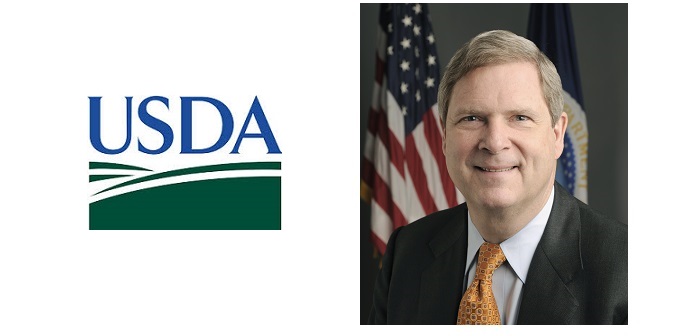The US Department of Agriculture (USDA) says its work during the Obama administration has secured some of the most significant updates to the country’s food safety system since the 1950s, including major advances in relation to poultry and processed egg products.
“Over the course of this administration, we have tightened our regulatory requirements for the meat and poultry industry, enhanced consumer engagement around safe food handling practices, and made smart changes to our own operations,” said US agriculture secretary, Tom Vilsack (pictured above).
As a result, USDA says it achieved a 12% drop in foodborne illness associated with meat, poultry and processed egg products from 2009 to 2015. The department also highlighted its work in relation to the development of advanced testing methods, a greater focus on mis-labelling and a more rigorous scientific process for detecting pathogens and mis-labelled product before they reach consumers.
In listing its top food safety changes since 2009, the USDA included the following two examples from the poultry sector:
- In August 2014, USDA finalised the most significant update to poultry food safety inspections since 1957, requiring for the first time ever that that all poultry facilities create a plan to prevent contamination with salmonella and campylobacter, rather than addressing contamination after it occurs. Under this update, poultry companies now have to collect samples at two points on their production line and have them tested to show control of enteric pathogens, which is done in addition to USDA’s own improved testing strategy in poultry plants. This same update introduced the New Poultry Inspection System, a science-based inspection system that, while optional for poultry companies, positions food safety inspectors in a smarter way so that they can have maximum food safety oversight.
- In 2012, USDA began requiring meat and poultry companies to hold all product that is undergoing laboratory analysis until the agency’s microbial and chemical tests for harmful hazards are fully complete. This “test and hold” policy will significantly reduce consumer exposure to unsafe meat products, and it could have prevented 44 recalls of unsafe foods between 2007 and 2009 if it had been in place at the time.


